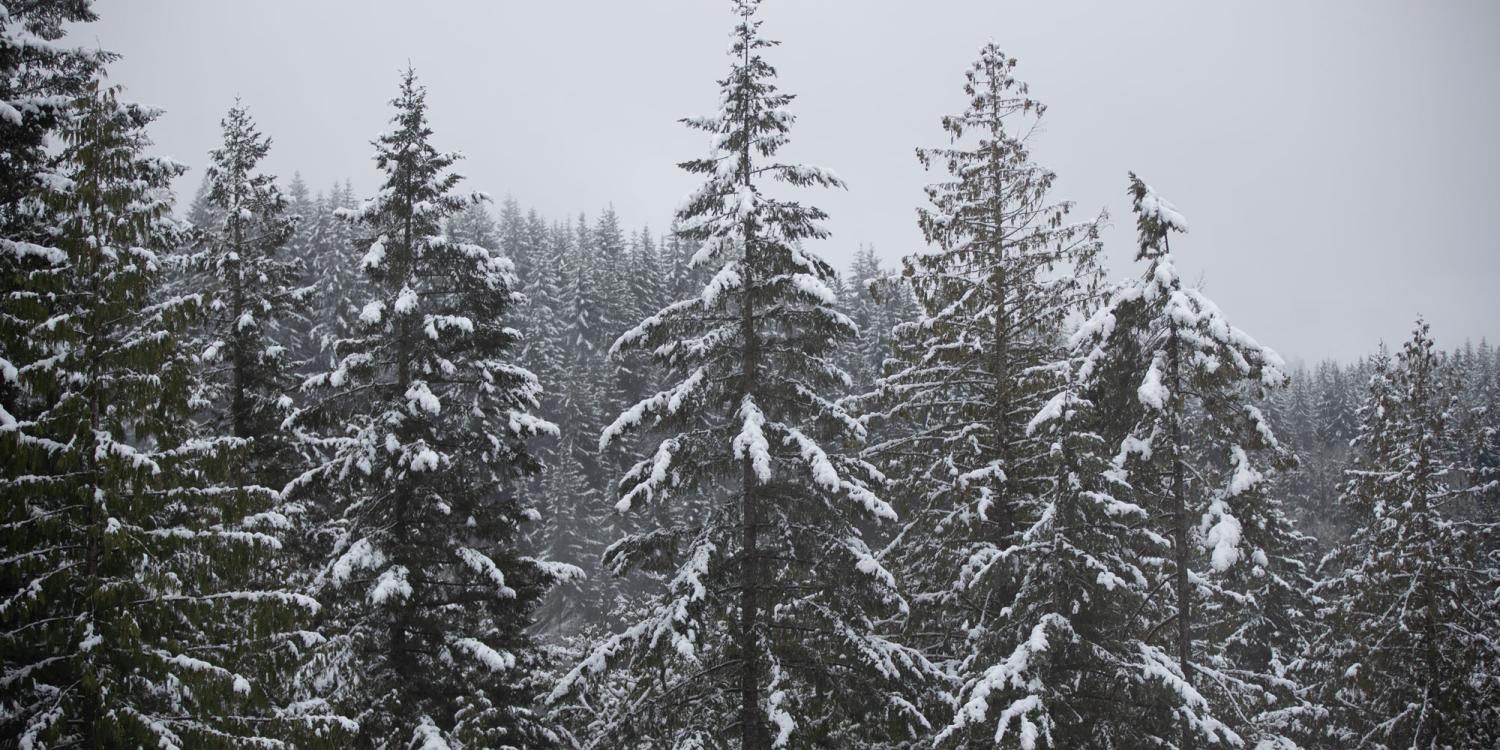
When woodland owners encounter problems beyond their expertise, they often approach Oregon State University Extension Service experts for help. Traditionally, OSU Forestry and Natural Resources Extension faculty work with clients in-person, through email or phone. There are professional events organized by Extension for them to attend, including field days, demonstrations, seminars, workshops and short courses.
Those approaches can be limiting, though. Direct contact means travel and time for both Extension professionals and those they help. Some people can’t attend events because of other obligations or the time it takes to travel to one.
In response, Lauren Grand, OSU Extension forester in Lane County, and her Extension forestry colleagues decided a podcast would be an effective way to reach a larger audience. Instead of having to be present at a certain time and place to reach a limited audience, Extension professionals can present their educational content via podcast, a popular avenue of information and entertainment that reaches an unlimited audience 24 hours a day, seven days a week. More people will have access to the information they want and need.
“In the Woods” brings the forest to listeners by sharing the stories and interviews of forest scientists, land managers and members of the public. Twice a month, the podcast communicates research- and science-based information on a new topic related to forests. The podcasts help build a community of forestry through a new platform that reaches both traditional and new audiences and helps engage a wide range of people. Getting more young, urban, non-forest owners and natural resource professionals is in line with Extension’s mission of being accessible to all.
In 2022, listeners to the podcast increased by 170%, streams by 197% and followers by 240%. Thirty-seven followers rated “In the Woods” as their number one podcast. Individual episodes range from 76 listens to 433 listens with an average of 98.
The podcast was one of the top 20% of podcasts shared globally on Spotify and has an international reach with 84% of listeners in the United States, 5% in Canada and 2% each in United Kingdom and Australia.
The podcast is reaching a younger audience:
- 39% of listeners are ages 28-34.
- 26% are 23-27.
- 20% are 35-44
- 10% are 2-18
The three highest-rated podcasts discuss water, soil and forest fungi. Half of listeners have or plan to adopt tips and skills they learned about in the episodes they’ve listened to and 75% of listeners report the podcast has improved their understanding of how research informs natural resource management.